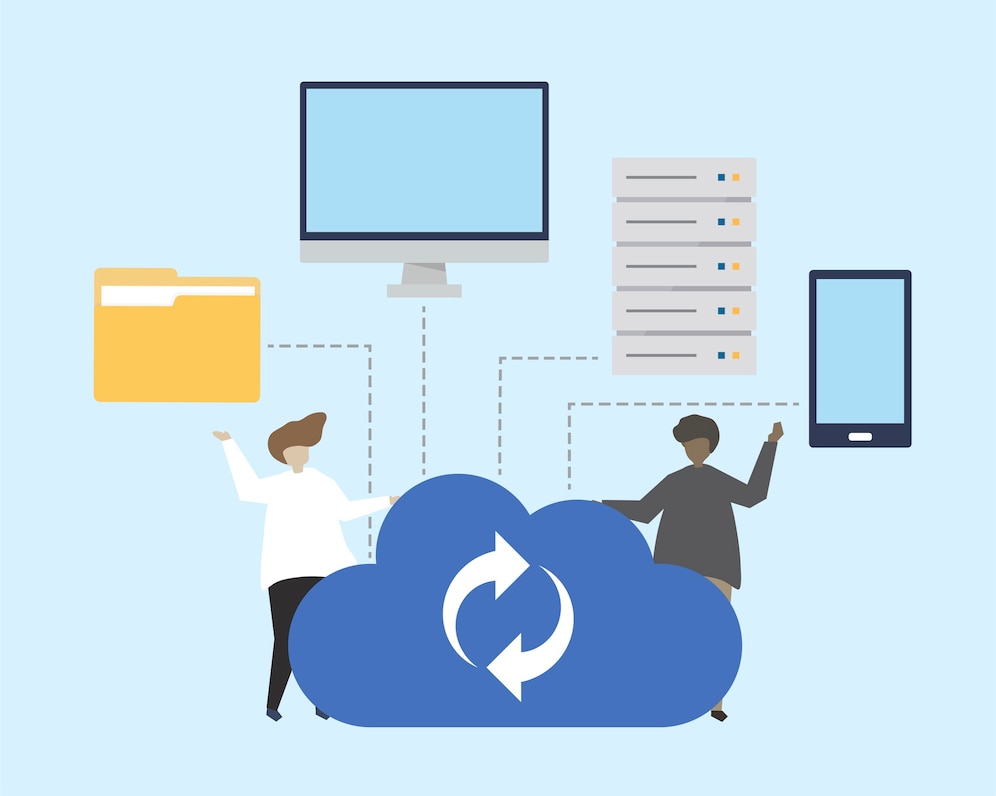The foundation of cloud migration is well established in every business footstep they take while making those cloud-first investments around agility, scalability, and innovation in today's ever-changing evolutionary digital transformation landscapes. In an approach to 2025, migration strategies have been re-shuffled and new trends have been moving across the globe regarding how businesses think about and define strategies that manipulate and deploy resources.
All these trends are important whether one wishes to migrate for the first time or prune processes, and make planning part of such efforts as rote practice. Here is a good bit about the changing cloud migration trends in 2025 for every business, including how partner selection becomes the driving factor for a successful journey with a cloud migration service provider.
1. Focus on Multi-Cloud Strategies
More Emphasis will be given to the Multi-cloud Strategy for 2025 as the influential term of cloud transition. Instead of relying on one cloud platform, more companies are aligning their workloads to be distributed over various platforms. In this way, not only flexibility is enhanced, but also the risks with vendor lock-in and service outages are minimized.
Why It Matters:
- Optimizing performances much on the special strengths offered by each.
- Less reliance on a single provider for ensuring their business operations stay up and running throughout.
Hence, the acknowledged cloud migration service provider becomes the difference between realizing and not realizing the multi-cloud strategy for a company upon drawing, executing, and administering seamless integration across platforms.
2. Edge Computing Adoption Speed
With the propagation of new technologies such as seen with IoT, and AI, edge computing becomes more of a necessity. Here, data processing is done in line with its actual origin, so it allows a better quality of work without any time delay while tampering with technical aspects decomposes this principle anyway. In this cloud migration 2025, the scenario would be that edge computing would be integrated into the cloud with the help of real-time decisions and upscaling user experience.
Cloud Migration-Driven Time-to-Market, Flexibility, and Performance.
Edge computing and cloud infrastructure are set to meld seamlessly.
It necessitates tailor-made solutions to handle efficient data flow between the edge and cloud markets for companies.

3. State-of-the-art Security and Compliance Measures
The increase in cybersecurity threats among migrating businesses will bring about a heightened sense of awareness of security. A necessity that will be focused on in 2025 is integrating stronger security during migration. Cloud providers and service partners will provide necessary encryption, threat detection, and compliance with changing standards mandated by regulators.
Key Takeaway
A cloud migration service provider will ensure that your business's migration conforms to current industry standards, be it the GDPR, the HIPAA, or the CCPA.
4. Sustainability and Green Cloud Solutions
This feature has gone from nice-to-have to-have into a specific requirement to pursue within virtually all industries. The future promise of cloud providers in 2025 is spinning around energy-efficient data centers and green cloud solutions. Potential moving companies into the cloud will look at providers that align with environmental interests.
Emerging Trends:
Use of renewable energy in data center operations and optimize resources and reduce carbon footprint.
5. AI-Powered Cloud Migration and Management
It is going to change the panorama of cloud migration and management powered by AI soon and implementing AI tools will drastically fasten this process of transferring up to 2025 by doing workload optimization according to performance prediction.
Benefits of AI in Cloud Migration:
- Quicker migration with minimal downtime.
- Predictive analytics to guide decision-making and resource allocation.
- An AI-driven cloud migration service provider can ensure a smooth and effective transition. Read more here about Why Cloud Integration for Small Businesses Is Essential in 2025.
6. Industry-Specific Cloud Solutions
Generic solutions are becoming obsolete. Businesses now require cloud infrastructure tailored to their unique needs. Whether in healthcare, finance, retail, or manufacturing, cloud migration strategies in 2025 will focus on specific industry requirements.
For instance:
- Institutions will prioritize secure data encryption and compliance.
- Healthcare providers will look for HIPAA-compliant storage solutions and interoperability.
- A cloud migration service provider will assist businesses in implementing customized solutions based on industry needs.
7. Hybrid Model Migration
Hybrid models combining public and private clouds are gaining traction in the industry. They offer the best of both worlds: public clouds provide scalability and cost-effectiveness, while private clouds ensure control and security.
Why Businesses Prefer Hybrids:
- Scalability from public clouds and workload sensitivity from private clouds.
- Cost efficiency through optimized resource usage.
8. Data Modernization as a Centerpiece
Data serves as the backbone of cloud migration. In 2025, companies will emphasize data modernization to seamlessly integrate with cloud-native services—cleaning, categorizing, and optimizing data for usability and analytics.
Key Takeaway:
A cloud migration service provider can assist businesses in modernizing their data architecture to ensure compatibility with the latest cloud technologies.
9. The Rise of Zero-Trust Security Models
Zero-trust is set to become the standard in cloud migration strategies. This approach ensures that every request for data access is thoroughly verified, regardless of its origin.
Key Features:
- Ongoing monitoring and validation of users and devices.
- Decreased risk of unauthorized access and data breaches.
- The importance of a cloud migration service provider grows, as transitioning to zero-trust models requires specialized knowledge.
10. Automation and Self-Service Tools
Automation will streamline the cloud migration process. Self-service tools will empower companies to initiate and manage migrations more autonomously, with less need for manual input. These tools will feature automated workload assessments, cost estimates, and performance analytics.
Benefits:
- Migration will be quicker and more efficient.
- Less dependence on IT teams for routine tasks.
Why Partner with a Cloud Migration Service Provider?
The trends for 2025 suggest that cloud migration will become increasingly complex. An experienced cloud migration service provider offers:
- A customized migration plan aligned with your business goals.
- Minimal disruption to operations during the transition.
- Access to cutting-edge technologies and best practices.
Conclusion
Cloud migration in 2025 represents not just a technological transition, but a strategic decision that will shape a business's future success. By understanding emerging trends and leveraging the expertise of a cloud migration service provider, companies can fully harness the power of the cloud.
For personalized solutions and smooth transitions, reach out to IT Firm, your reliable partner for cloud migration services. Step confidently into the future of cloud computing!


